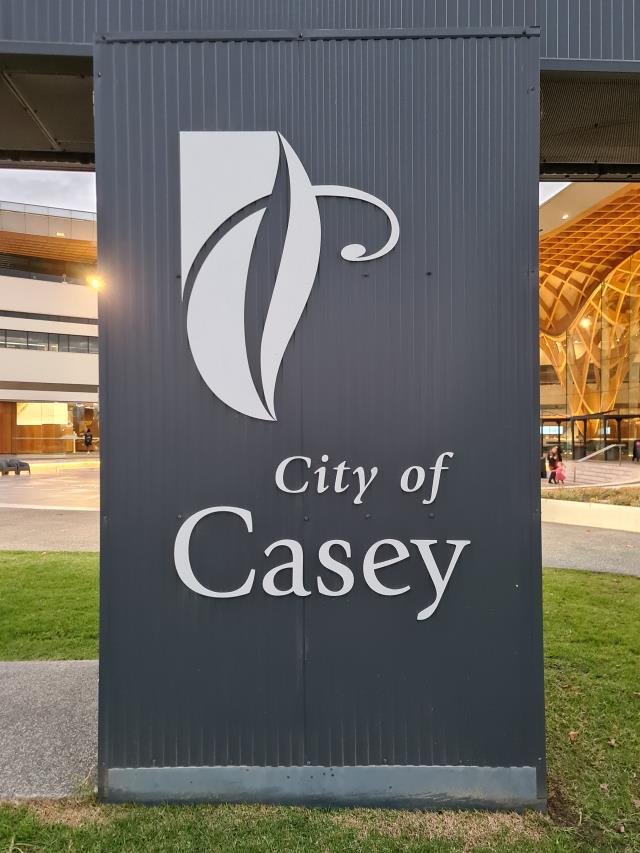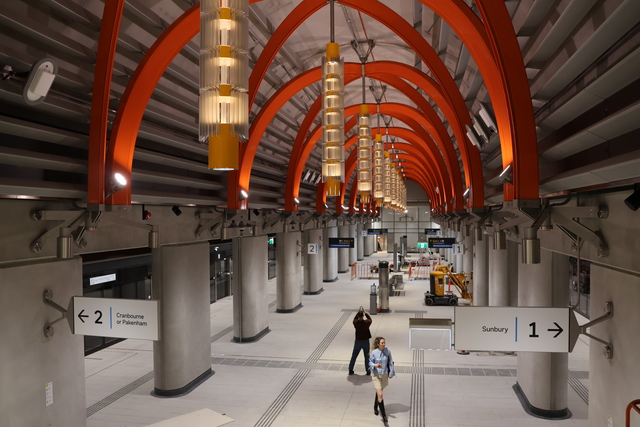Casey Council has advocated the State Government for a mandatory inclusionary zoning mechanism to increase the supply of social and affordable housing, as the undersupply has been growing.
According to City of Casey manager growth and investment Kathryn Seirlis, inclusionary zoning is a form of planning tool that mandates or incentivises a minimum provision of social and affordable housing within new developments, either through the direct delivery of new housing or by making a financial contribution.
The voluntary model provides incentives including relaxing specified development controls and attracting special treatment in the planning process, according to the Australian Housing and Urban Research Institute.
“The City of Casey works closely with the private development sector to facilitate an ongoing supply of new housing in Casey. However, research indicates that there is an undersupply of affordable housing dwellings to meet the needs of low- and medium-income households and that this undersupply is unfortunately growing,” Ms Seirlis observed.
“Council continues to encourage developers to ensure a mix of housing types is provided, including one and two-bedroom apartments, townhouses, and larger family houses.
“Whilst planning schemes encourage a diversity of housing types, there are no mandatory requirements to do so, and the provision of housing is typically market-driven.”
She pointed out that in Victoria, mandatory inclusionary zoning was not currently in place.
“The only mechanism currently available to councils is voluntary negotiations with the private development sector, which has produced mixed and inconsistent results across the state,” she said.
Council’s submission to Plan for Victoria in June revealed that local agreements with developers for voluntary inclusionary zoning were being routinely overturned by the Victorian Civil and Administrative Tribunal and not resulting in the delivery of social and affordable dwellings at scale.
“These agreements are also complex, time and resource-intensive,” the submission stated.
“Without the existence of enforceable, nonvoluntary statutory mechanisms; pragmatically local councils will not invest the time into negotiating agreements with developers as there is too high a risk that the effort will be wasted.”
Dr Marcus Spiller from SGS Economics and Planning is an advocate for mandatory inclusionary zoning in Victoria.
He said the current voluntary system was not only risk-laden, but it had produced only a trickle of social and affordable housing to date.
“In the voluntary system, developers don’t know what is expected of them by way of social and affordable housing contributions,” he said.
“This adds risk and uncertainty to their projects and therefore higher financing costs.
“It would be better to be clear upfront about affordable housing contributions expected of developers.
“Developers can factor these costs into their feasibilities in advance in the same way as they do other contributions for parkland, roads and community facilities.”
Casey’s Affordable Housing Strategy back in 2020 identified a shortfall of 5,655 affordable housing dwellings with the need for an additional 4,600 by 2041.
The State Government proposed a social and affordable housing levy of 1.75 per cent back in 2022, which served as a type of mandatory inclusionary zoning.
The proposal was quickly scrapped after the pushback from the developers who were concerned that the extra cost might be shifted to homebuyers.
“Contrary to the assertions made by the developer peak bodies, the cost of the social and affordable housing contribution will not be passed forward in higher housing prices,” Dr Spiller said.
“Developers are price takers, not price makers; they must work within the prices they can achieve in a competitive market.
“Given sufficient notice, developers will pass the cost of the contributions back to the sellers of development sites.
“This means that part of the lift in land value that goes with planning approvals comes back to the community by way of social benefit.”
Dr Spiller said that a mandatory social and affordable housing contribution should be based on splitting the cost of this infrastructure in three ways: one-third to the State Government, one-third to the Commonwealth Government and one-third to the development proponent.
“Sharing costs in this way is commonplace in urban infrastructure provision. Using this approach a mandatory contribution would be of the order of two per cent to three per cent of the finished price of floorspace produced by a developer,” he said.
Dr Spiller also said social and affordable housing shouldn’t be regarded as a welfare service.
“Rather, it is essential infrastructure for successful communities in the same way as parks and roads are,” he said
“Social and affordable housing not only protects people from severe housing stress, but it also enables more productive local economies by providing better access to local essential workers, and it makes for stronger, more inclusive neighbourhoods.”
Community Information & Support Cranbourne (CISC) executive director Leanne Petrides believed in the potential of mandatory inclusionary zoning to distribute social and affordable housing across the municipality.
“Even with public housing, history has told us that the best type of public housing scenario is it’s just random. It’s just throughout a whole suburb. It’s not one whole suburb,” she said.
“If you can scatter it throughout, then nobody should know which property is social housing, which property is affordable, which property is a private rental, which property is a mortgage.”
The State Government was contacted for comments.

















